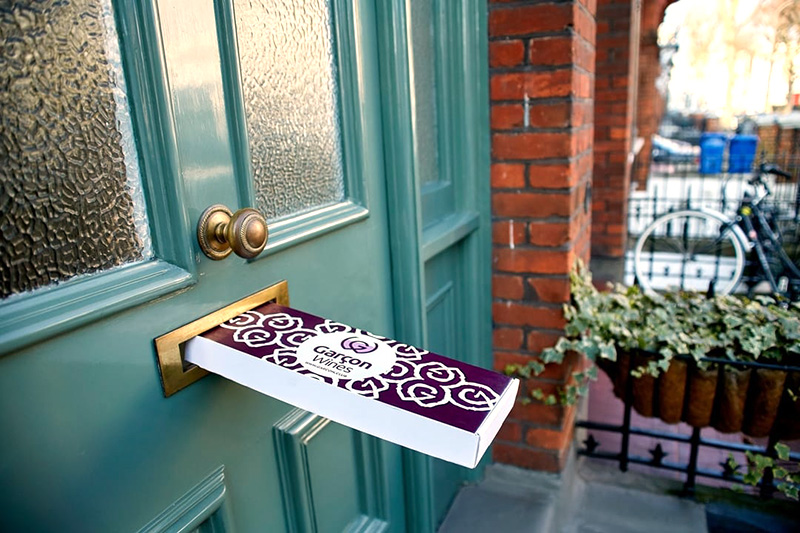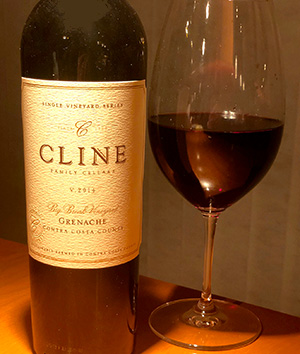 In 1894, Gaspare Indelicato was born in the small village of Campobello di Mazara in the province of Trapani, Sicily. In 1911, at the tender age of 16, he emigrated to the United States through Ellis Island, New York.
In 1894, Gaspare Indelicato was born in the small village of Campobello di Mazara in the province of Trapani, Sicily. In 1911, at the tender age of 16, he emigrated to the United States through Ellis Island, New York.

Eventually, Gaspare and his wife Caterina settled in the agriculturally rich San Joaquin Valley, east of San Francisco. In 1924, Gaspare and his brother-in-law Sebastiano made a bold decision to purchase an old dairy farm, planted grapes, and shipped them by train to home winemakers in the Chicago area during Prohibittion.
When “The Noble Experiment” was repealed in 1933, selling grapes to home winemakers was no longer profitable. Sebastiano and Gaspare decided the only way to salvage their grape crop was to make wine. In May of 1935, they opened their winery in a converted hay barn and called it Sam-Jasper Winery after the Americanized versions of their first names. Production began with 3,451 gallons (about 100 cases) of red wine which was sold to local farmers and friends.
 As the business grew, Gaspare’s three sons, Frank, Anthony, and Vincent, joined the family winery in the 1950s. At that time, Frank was cellarmaster, Tony was winemaker, and Vince was the entire sales department.
As the business grew, Gaspare’s three sons, Frank, Anthony, and Vincent, joined the family winery in the 1950s. At that time, Frank was cellarmaster, Tony was winemaker, and Vince was the entire sales department.
Today, Delicato Family Wines is still family-owned by the heirs of Gaspare and Caterina’s three sons. The third and fourth generations of the Indelicato family are actively involved in the wine business and continue the tradition of producing and importing fine wines.
The Indelicato family is devoted to its California winemaking heritage of family farming, environmentally sensitive winegrowing practices, and economically sustainable principles.

“‘Family farmed’ encompasses the firmly-held belief that we are responsible for tending the earth and protecting its inhabitants,” explains Jay Indelicato. “This responsibility not only includes using environmentally sensitive farming practices, but also maintaining the highest ethical standards in our business dealings. My family has relationships with growers, banks, employees, and consumers that span decades. By thinking of ourselves as a “family farmed” company, it is a reminder that we have a responsibility to preserve and sustain the things that matter most.”
In addition to Three Finger Jack, Delicato Family Vineyards offers wines under such brands as Black Stallion, Bota Box, Gnarly Head, La Merika, and others.








